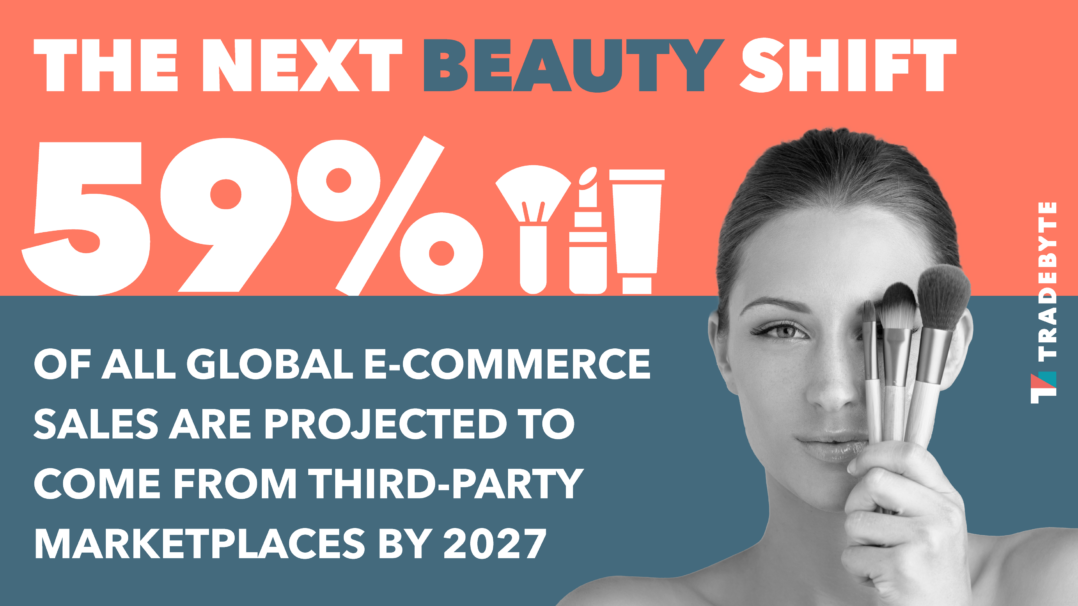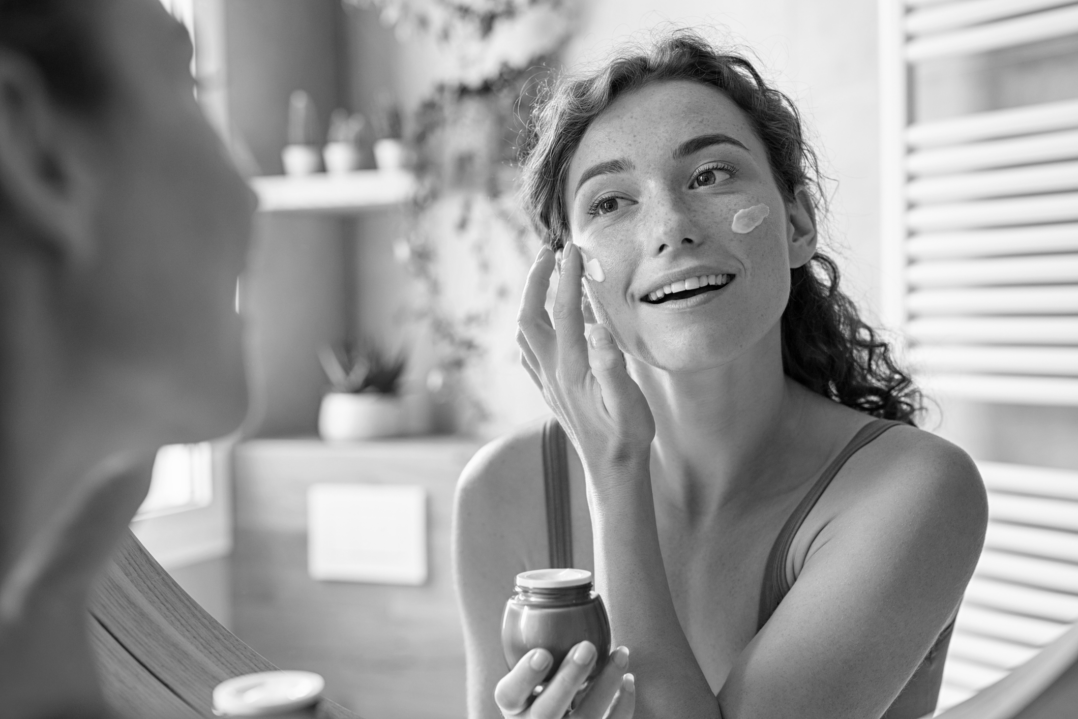The next big move for beauty brands: why marketplaces matter
The beauty industry is facing a slowdown, with major brands like CeraVe and Drunk Elephant experiencing lower demand. Estée Lauder reported a 12% drop in sales, mirroring broader market trends (Business of Fashion, 2025). This slowdown is driven by shifting consumer spending habits, macroeconomics, and increased competition. One smart move for beauty brands is to tap into online marketplaces, where every second order happens.

Why marketplaces could be a strategic response
Marketplaces provide instant access to millions of potential customers without the high costs of running standalone e-commerce or physical stores. With the right strategy, they can drive reach and long-term growth. Here’s why:
Marketplaces have become the “search engines of retail,” the first stop for many shoppers searching for beauty products. They’re especially valuable for beauty brands as traditional retail channels face more and more pressure. Amazon continues to expand its dominance in the U.S. beauty market, growing its share by 7.3 percentage points since 2021, reaching an estimated 14,5% in 2025 (Forbes, 2025). Meanwhile, Douglas saw positive revenue growth in 2024, and Shop Apotheke and Zalando are also expected to report strong numbers this year. TikTok Shop generated $2.5 billion in global beauty sales in 2024, making beauty the platform’s top-selling category (Statista, 2025).
For beauty brands, marketplaces offer a cost-effective way to expand while providing crucial data and insights to refine marketing and product strategies.

Addressing potential challenges
Marketplaces eliminate traditional cost-per-acquisition expenses, replacing them with platform fees. This makes it easier and more efficient than building an audience independently. However, to be successful, brands need to understand the entire process:
- Unique product offering: whether it’s an innovative formula, standout packaging or branding that makes your product unique – placing the right products in the right spaces is key. A smart assortment strategy is just as important as selecting the right marketplace.
- Brand storytelling: consumers want to feel connected to the brands they buy from. Beauty marketplaces like Douglas and Zalando allow you to maintain strong visual identity and branding, just as you would on your own website.
- Excellent customer service: providing top-tier support leads to positive reviews and returning customers. Most marketplaces handle first-line support, but brands that ensure seamless interactions build strong reputations.
For beauty brands looking to grow, marketplaces offer a scalable way to reach new audiences, gain market insights, and build long-term success.

Erdal Karacaer
Beauty Expert at Tradebyte
"Marketplaces are a smart move for beauty brands looking to expand their reach and stay ahead of shifting consumer behaviours. There’s so much to explore, let’s dive into the trends and opportunities shaping the industry!"
Ask the expert
Erdal Karacaer, Beauty Expert at Tradebyte, breaks down how brands can succeed on marketplaces and how we can make it happen:
- Getting marketplace-ready: entering a marketplace isn’t just about listing products; it’s about meeting the right criteria. We guide brands through the process to ensure a smooth entry.
- Connecting the dots: managing product data, order flows, and stock levels can be complex. We help brands optimise their IT setup so everything runs seamlessly.
- Long-term marketplace growth: success doesn’t stop at launch. Each brand works with a dedicated marketplace specialist to navigate challenges and keep growing.


